Andy was better known as "The Bamboo Broker" & he was, without a doubt, an expert on bamboo. He was THE man for rod makers who were looking for the best bamboo to make their rods from. In fact I feel safe in saying that most rod makers got their cane from Andy. As a result, he became the hub in the wheel of rod makers everywhere.
Sadly, Andy passed away earlier this month after a two year battle with cancer. During that time he kept a blog, which he shared with everybody, all about what he was going through & what was going on in his life. It was one of the bravest things I've ever seen & it made me admire him even more than I already did. One day he was living his life, the next he was told he was terminal. He handled it all with such grace & dignity. He was still a young man when he passed, but he packed more life into his short years than most of us.
The bamboo in my fly rods came from Andy. I knew I could count on him to always send me the best. I didn't have to worry about the quality of the cane, if there would be any poles I just couldn't use for rods - it was always the best bamboo in the world. To insure that, Andy & his wife (who is now transitioning into running the business) would make annual trips to China to personally hand pick the bamboo for us rod makers & talk with the growers about what we needed to make our rods. This, of course, resulted in anglers getting better rods. In essence, Andy was the best bamboo supplier out there.
Every time I talked with Andy I would hang up the phone in a good mood, feeling better than I had before. I suspect he had that effect on all the people he came in contact with. Our conversations were brief but always pleasant & even though they always focused around business, I still felt a personal connection with the guy. I was just one of many rod makers he worked with, but he always made me feel like I was his only client.
I send all of Andy's loved ones, his wife, his children, my prayers & well wishes. Thank you, Andy. Thank you for sharing your bravery with all of us, giving us all an example to follow. Thank you for all that you did for us rod makers. Thank you for being so cool to me. The next cane I split, I split in your honor.
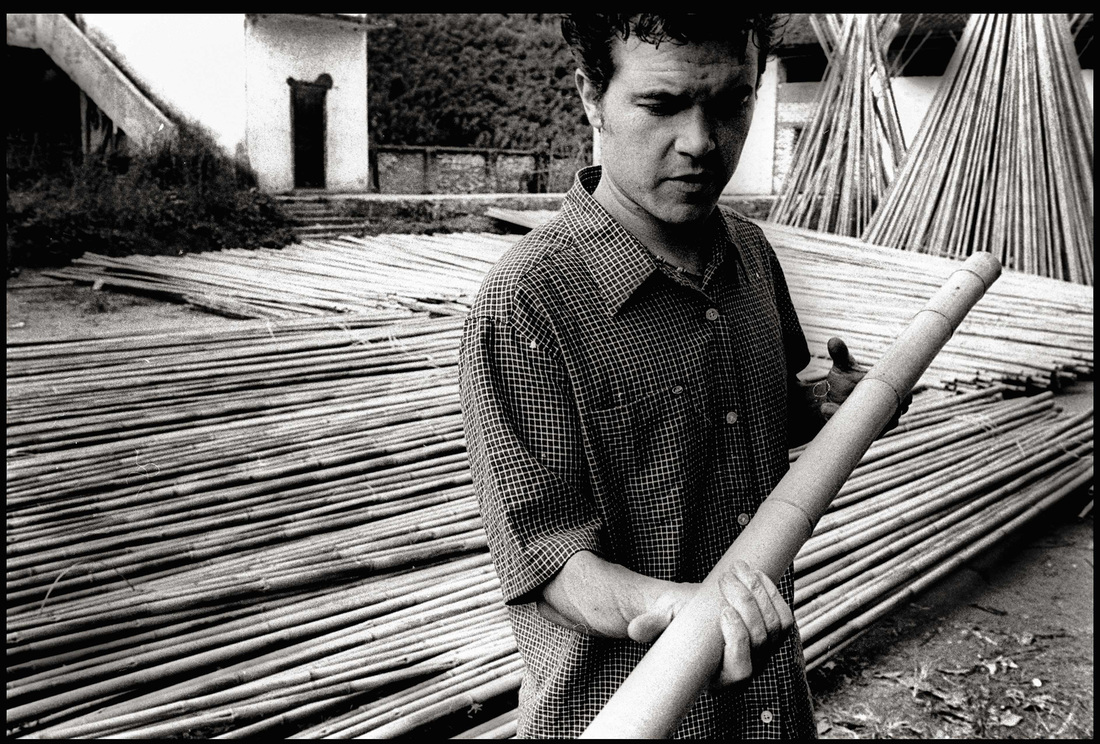
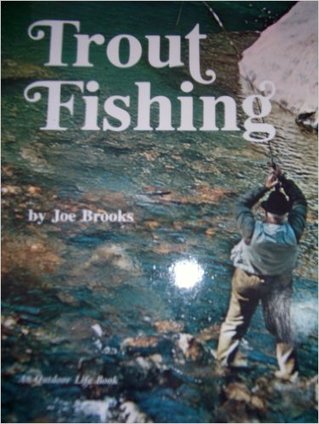

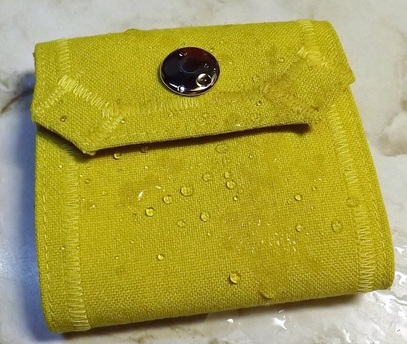
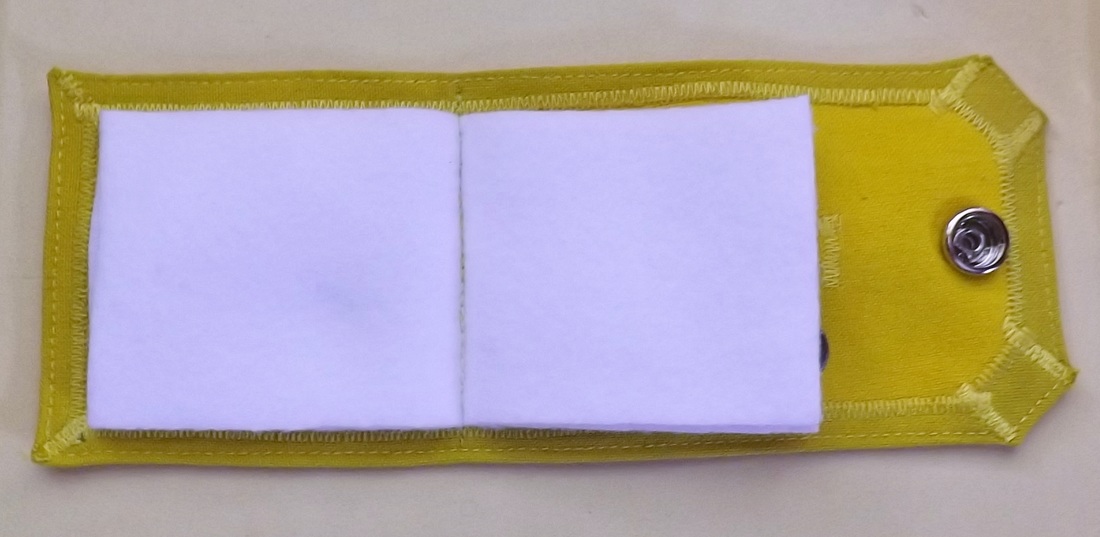
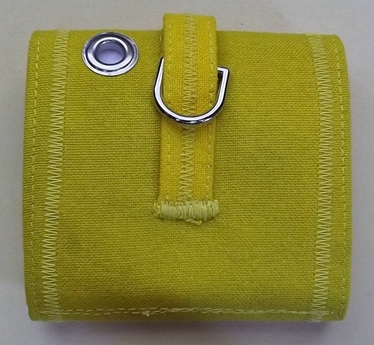

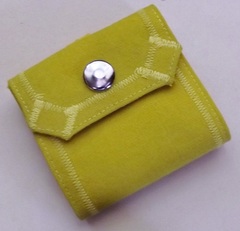


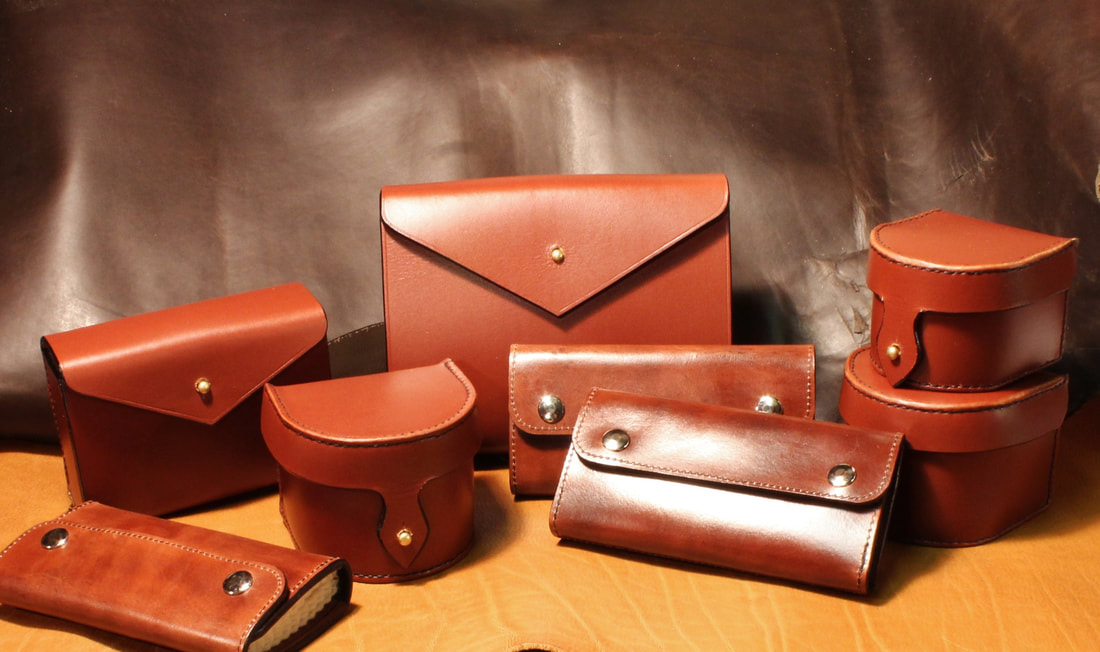

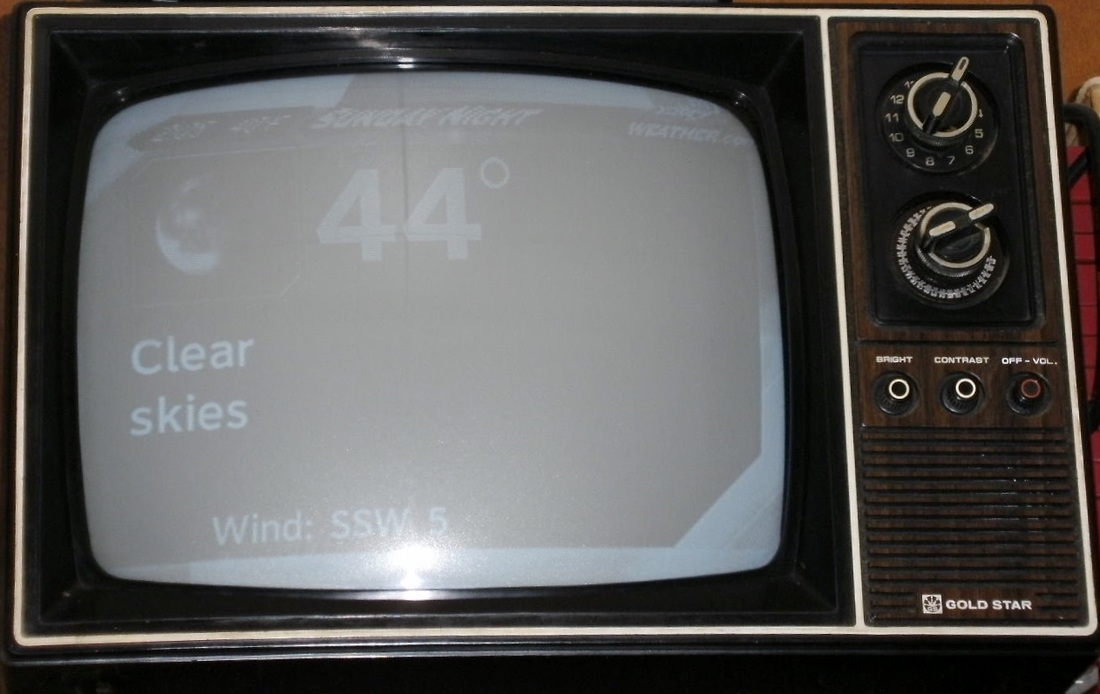
 RSS Feed
RSS Feed
